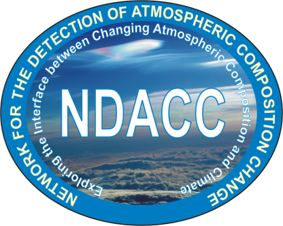Izaña Atmospheric Research Center, Tenerife Island, Spain (28.3 N, 16.5 W, 2367 m a.s.l.)
Since February 1999 a high resolution FTIR spectrometer is operated in collaboration with AEMet at Izaña Atmospheric Research Center on Tenerife Island. From 1999 to 2005 it was a Bruker® 120M, since 2005 it a Bruker® 125HR spectrometer. The instument is part of the NDACC (Network for the Detection of Atmospheric Composition Change) and of the TCCON (Total Carbon Column Observing Network).
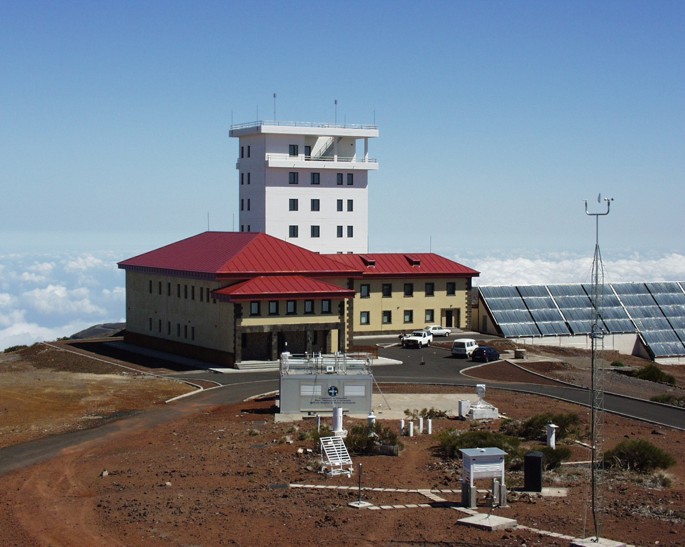
Fig. 1: Izaña Atmospheric Research Center as reconstructed in 2002.
An FTIR is operated at Izaña Atmospheric Research Center, Tenerife Island, because it
- is a high-altitude station with excellent conditions for FTIR spectroscopy,
- low humidity, clear sky on nearly 80% of all days,
- is close to the subtropical barrier and allows to study exchange processes between tropics and mid-latitudes,
- is easy to access and offers a good infrastructure as meteorological and astronomical observation site,
- is located in the free troposphere and is rather isolated in the Atlantic Ocean: local pollutions do not interfere significantly.
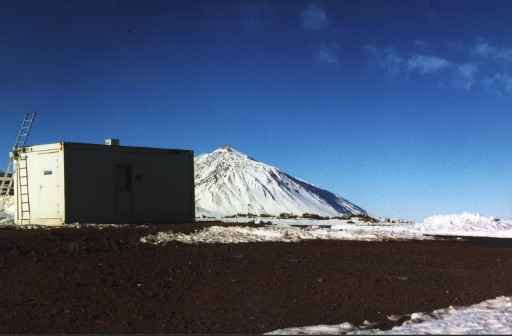
Fig. 2: FTIR container at Izaña Atmospheric Research Center (Feb. 1999).
In 2005 a new FTIR container was set up at Izaña Atmospheric Research Center. It includes a new spectrometer Bruker® IFS 125HR and a new solar tracker cover.
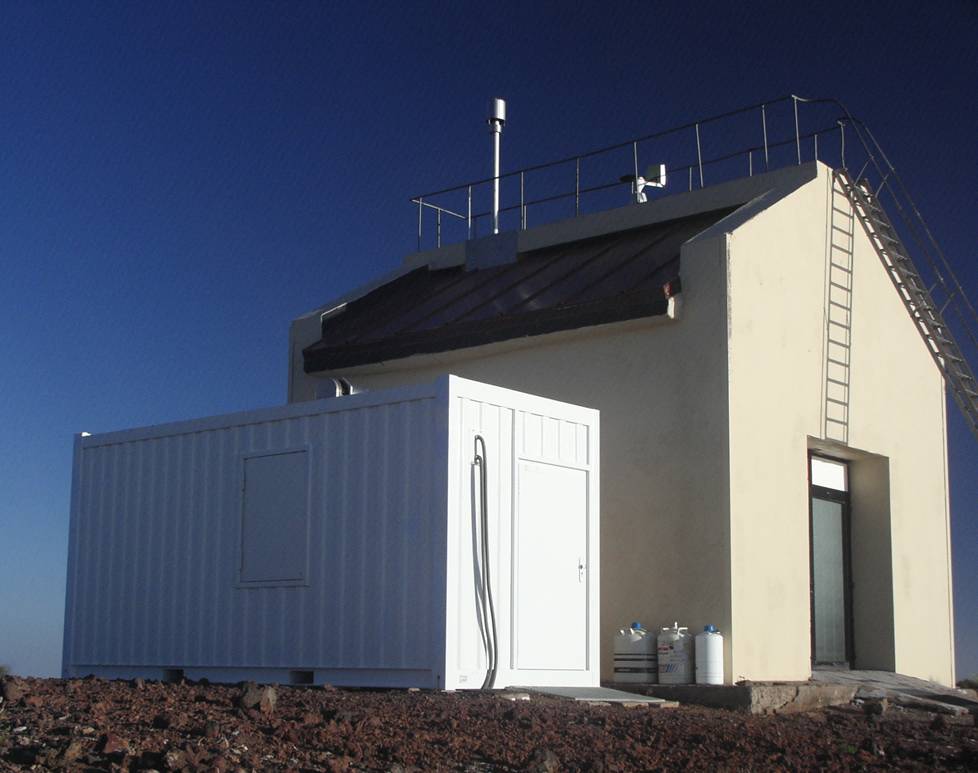
Fig. 3: New FTIR container at Izaña Atmospheric Research Center (Jan. 2005).
This cover, made in collaboration with Impres® GmbH, Bremen, allows us to open and close remotely.
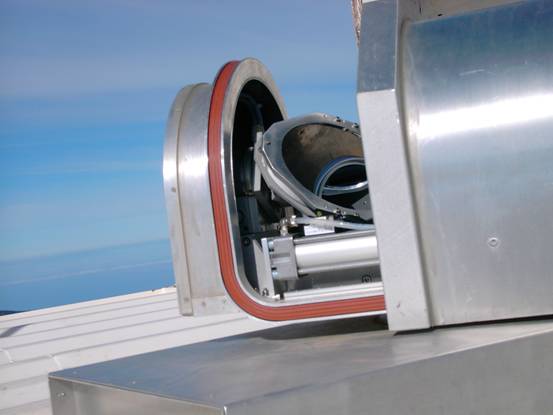
Fig. 4: New cover of solar tracker on top of FTIR container at Izaña Atmospheric Research Center (Jan. 2005).
Moreover, a compact FTIR spectrometer Bruker EM-27 is operated in the framework of the COCCON (COllaborative Carbon Column Observing Network) network. This COCCON type instrument allows us to measure greenhouse gases (GHG) with high precision. More COCCON sites are listed here.
